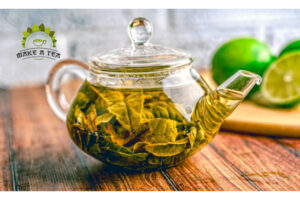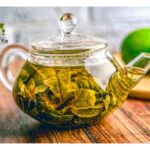Have you ever wondered about the different types of black tea? Get ready to explore the world of black tea.
Black tea is like the cozy sweater of the tea world. It’s the one with the robust flavor and deep color that feels just right for starting your day. But did you know there’s more to it than just a strong brew?
Let’s explore eight kinds of black teas, like the ones from China, Darjeeling, Assam, Ceylon, and more.
When we think of tea, many of us think “black tea” first. It’s the tea most of us start with, especially if we’re not in China or Japan. But before we get into the different types of black teas, let’s chat about how they’re made.
Ready to discover the simple joys of black tea? Let’s get started!
How Black Tea is Made| Types of Black Teas
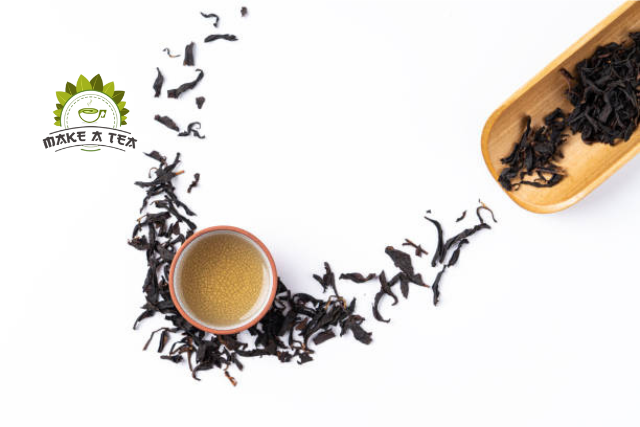
Do you like green tea? Cool! But did you know black and green teas (almost all teas, except herbal) come from the same plant called Camellia sinensis? Yep, that’s where it starts.
After picking, it’s what they do next that makes it black tea.
Black teas can be chill from China or strong from India. There are two kinds my dad talks about: Chinese Black Teas and British Legacy Teas (from India and Sri Lanka).
They used to be bold, so people added milk and sugar. Now, black teas are fancier.
Moreover, making premium black teas is a process. They dry them a bit, roll them, let them change color (oxidize), and then cook them. Unlike green tea, they let black tea get dark.
During oxidation, a cool reaction happens with leaves and air, making brown stuff called “flavonoids.” These decide the tea’s color and taste.
At first, you get “theaflavin,” making the tea golden but kinda brisk. Keep going, and you get “thearubigins,” making it mellow and dark. Chinese black teas take it slow – like a slow cooker for tea!
Types of Black Teas_ You Should Know
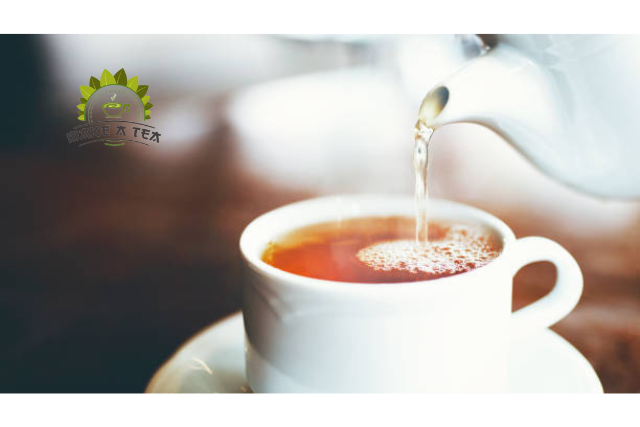
There are different ways to make black tea. One is called the “orthodox” way, where the whole tea-leaf gets oxidized. Another way is CTC, which stands for crush-tear-curl. It’s faster and makes cheaper tea, often used in India for chai.
Now, black teas come from different places and have different flavors. We have Assam, Darjeeling, and Ceylon from British Legacy Teas.
Furthermore, there are also Chinese black teas, blends, flavored ones, decaf, and teas from other regions. Let’s check out a few from each category!
Assam Black Teas
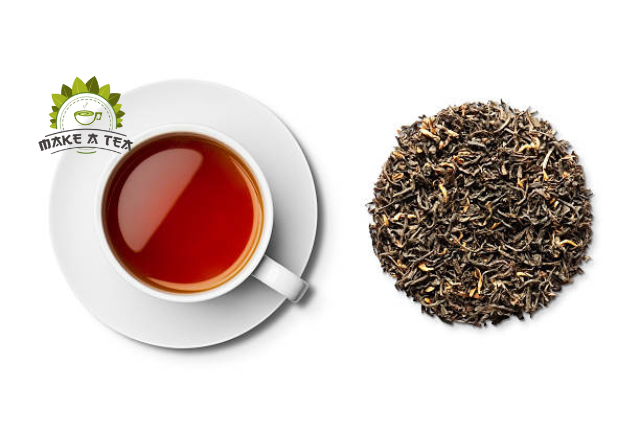
- Assam is like the tea king of India. It’s where they make lots of tea, and the big, flat lands there are perfect for growing tea. Assam black teas are strong and bold, great for adding milk and sugar. It’s the best tea for the morning.
- CTC Assam is a classic Indian tea. It has a deep amber color, a rich taste, and a full body. We use it to make some of our other teas too.
- Chai is a special tea we make using CTC Assam. We mix it with warm spices for a sweet and spicy chai experience.
- Mokalbari Golden Assam is a rare treat from Assam. Almost all of it’s made from golden tips, which are the best part of the tea plant. The golden tips give the tea a natural sweetness. Having a tea that’s almost all golden tips is really something special.
Darjeeling Black Teas
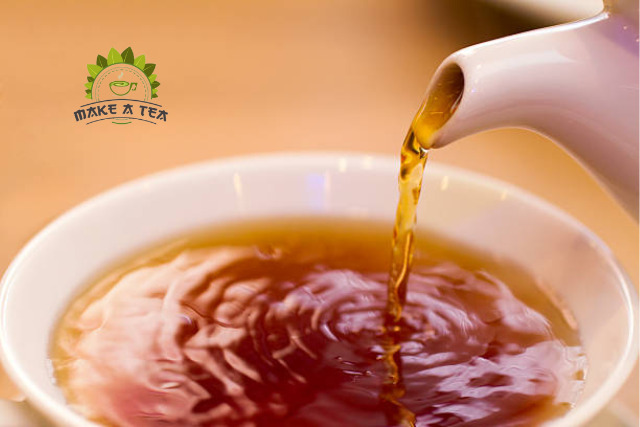
In a special place called Darjeeling, near Nepal and Bhutan, they make three kinds of tea: one in spring called First Flush, one in early summer called Second Flush, and one in late summer and fall called Autumnal.
Even though they become a bit milder as we move away from spring, all three teas have a nice, rounded taste like Chinese black teas.
- Darjeeling Blend: Our Darjeeling tea mixes First Flush and Autumnal teas from the best gardens. It makes a light-colored cup of tea that smells superb. This mix helps us make a good tea that doesn’t cost too much.
- Marybong 1st Flush: Marybong is a type of First Flush Darjeeling. It’s a strong tea with a yellow-brown color that tastes like tropical fruits and citrus.
- Puttabong 2nd Flush: Second Flush Darjeelings are special, especially if they taste like “muscatel,” which is a bit rare. The plant makes a special chemical to protect itself, and that’s what gives the tea a taste like muscatel grapes.
Ceylon Black Teas_ Types of Black Teas
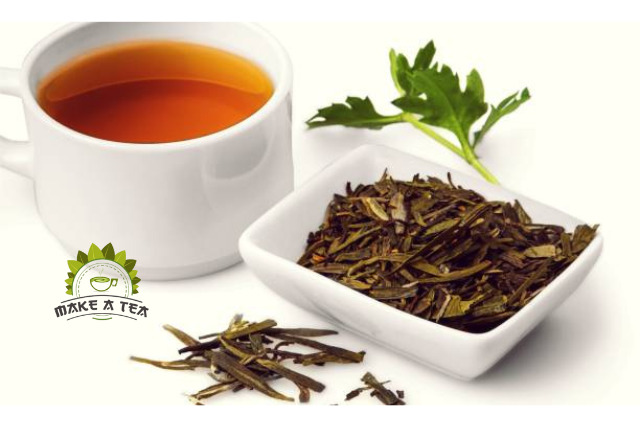
Ceylon’s teas come from Sri Lanka. The land there is special, and it makes three kinds of tea: low-grown, medium-grown, and high-grown. It’s not about the season, but how high the tea grows.
Each kind has its own cool taste. Sri Lanka used to be under British rule until 1948, but even though it’s called Sri Lanka now, the tea is still known as Ceylon. Ceylon’s teas can be light like Lover’s Leap, or strong, like Kenilworth Garden. They’re great for afternoons and can take milk and sugar.
- Lover’s Leap: This tea comes from a beautiful garden in Nuwara Eliya, a town in Sri Lanka. It’s up high, and the tea is light with a bit of lemon flavor.
- Kenilworth Garden: Kenilworth is a great Ceylon tea with big leaves and a rich taste. People who love Ceylon teas really like this one because it’s smooth.
- Orange Pekoe: Orange Pekoe is a classic mix of strong Assam and smooth Ceylon tea. It’s a go-to tea for many. Our founder, my grandpa John Harney, always had it when he wanted a calm and cozy cup.
Chinese Black Teas

Tea began in China, so China has lots of different black teas. Chinese black teas give you that smooth, sweet taste, like you added milk and sugar, even when you didn’t. There’s a bunch of them with their own special flavors.
Let’s talk about a few:
- English Breakfast: It’s not a special recipe, just a mix of teas that were easy to get and tasted good with milk and sugar. Back in the 1800s, it would have been 100% China black Keemun.
- Golden Monkey: This tea comes from the north of China in Fujian province. It’s got big black tea leaves mixed with golden tips. When you sip it, it’s a bit sweet, a bit complex, and you might catch hints of apricot, nuts, and rose. And don’t worry, the “monkey” in the name has nothing to do with actual monkeys!
- Lapsang Souchong: This tea is like a classic. Its large leaves are dried over smoky pine fires, giving it a special smoky flavor. It’s an ancient favorite that stands out.
So, when it comes to Chinese black teas, you’ve got a range of flavors from honey-like the chocolatey to smoky. Each one has its own story and taste waiting for you to enjoy!
Flavored Black Teas
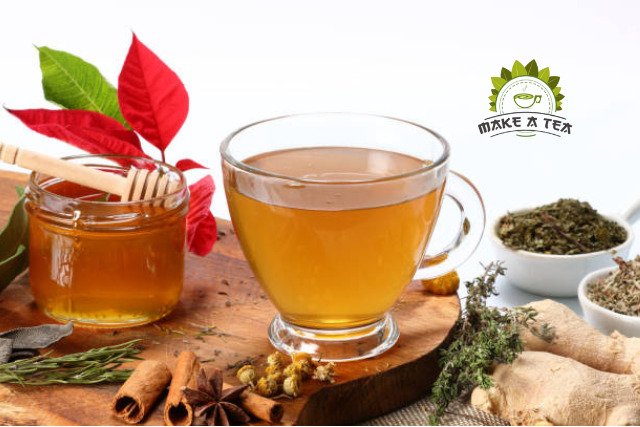
- Our tasty flavored teas are a big hit because they bring together smooth flavors with the familiar taste of tea.
- Hot Cinnamon Spice is a superstar – it’s our most loved tea! Packed with three types of cinnamon, orange peel, and cloves, it’s a spicy-sweet treat. And guess what? No sugar added, we promise!
- Earl Grey Supreme is another favorite. We’ve taken the classic Earl Grey black tea and made it even better by using high-quality teas and silver tips. It’s a step up from the usual.
- Paris is a top pick too, joining the ranks of Hot Cinnamon Spice and Earl Grey Supreme. People can’t stop talking about it!
- It’s like an Earl Grey with a twist – we’ve added vanilla, black currant, and caramel flavors to make it extra special. Give them a try and see why they’re so popular!
Decaf Black Teas
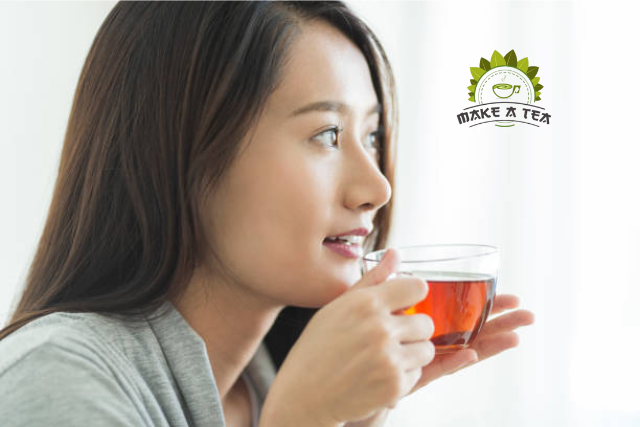
Sometimes we all need a break from caffeine, right? Well, that’s where decaf black teas come in. You took some of your favorite black teas, removed the caffeine, but kept all the deliciousness.
Decaf Vanilla Comoro is like having dessert in your cup. It’s a decaf version of Vanilla Black, perfect for the afternoon or as a tasty treat after dinner. And the best part? No extra calories or caffeine!
Other Black Teas from Around the World
Guess what? Black teas aren’t only from China or England. We found some awesome ones from Africa, Indonesia, South India, and Vietnam.
- Colombian Black Tea: Elvira Cardenas, who really knows her tea, told us about a great tea from her country, Colombia. It’s made by a company called Himalaya up in the mountains. The tea has amazing honey flavors and respects tea traditions.
- Japanese Whisky Tea: This special tea comes from Shizuoka Prefecture in Japan. They use the same kind of plant as sencha tea, called Yabukita. They finish it off by smoking it for 8 hours with wood chips from Japanese whisky barrels.
- Kenya Milima: The most elegant black tea from Africa, Kenya Milima has golden tips that remind you of fancy Assams. It’s made using old-school methods up in the mountains, giving it a light feel with a hint of citrus.
However, if you’re a fan of chocolate but want to skip the caffeine, try our Decaf Chocolate Tea. It has all the soothing and satisfying chocolatey flavors without the caffeine. Go ahead and indulge without the extra buzz!
Frequently Asked Questions
What makes black tea different from other types of tea?
Black tea comes from the same plant as green, white, and oolong tea, but it undergoes a unique oxidation process that gives it a bold flavor, dark color, and distinctive aroma. This process sets it apart from the other tea varieties.
Are all black teas strong and bold in flavor?
While some black teas, like Assam, are known for their robust and strong flavors, others, such as Darjeeling, can be more delicate and nuanced. The flavor of black tea can vary widely depending on factors like the region it’s from and the processing methods used.
Can black tea be enjoyed without milk and sugar?
Absolutely! Black tea can be enjoyed plain or with added milk, sugar, honey, or lemon, depending on personal preference. Some people prefer the boldness of black tea on its own, while others enjoy customizing it to suit their taste.
What are some popular varieties of black tea from different regions?
Black tea is come from various regions worldwide. Some popular varieties include Assam (India), Darjeeling (India), Keemun (China), and Kenyan Milima (Kenya). Each region imparts unique characteristics to the tea, offering a diverse range of flavors and profiles for tea enthusiasts to explore.
Abstract
Lastly, black teas are like a tasty adventure from different parts of the world. All types of black teas have their own special taste, from strong and bold to light and citrusy. So, whether you like English Breakfast or Kenyan Milima, there’s a black tea for everyone. Cheers to the variety and goodness in every sip!


